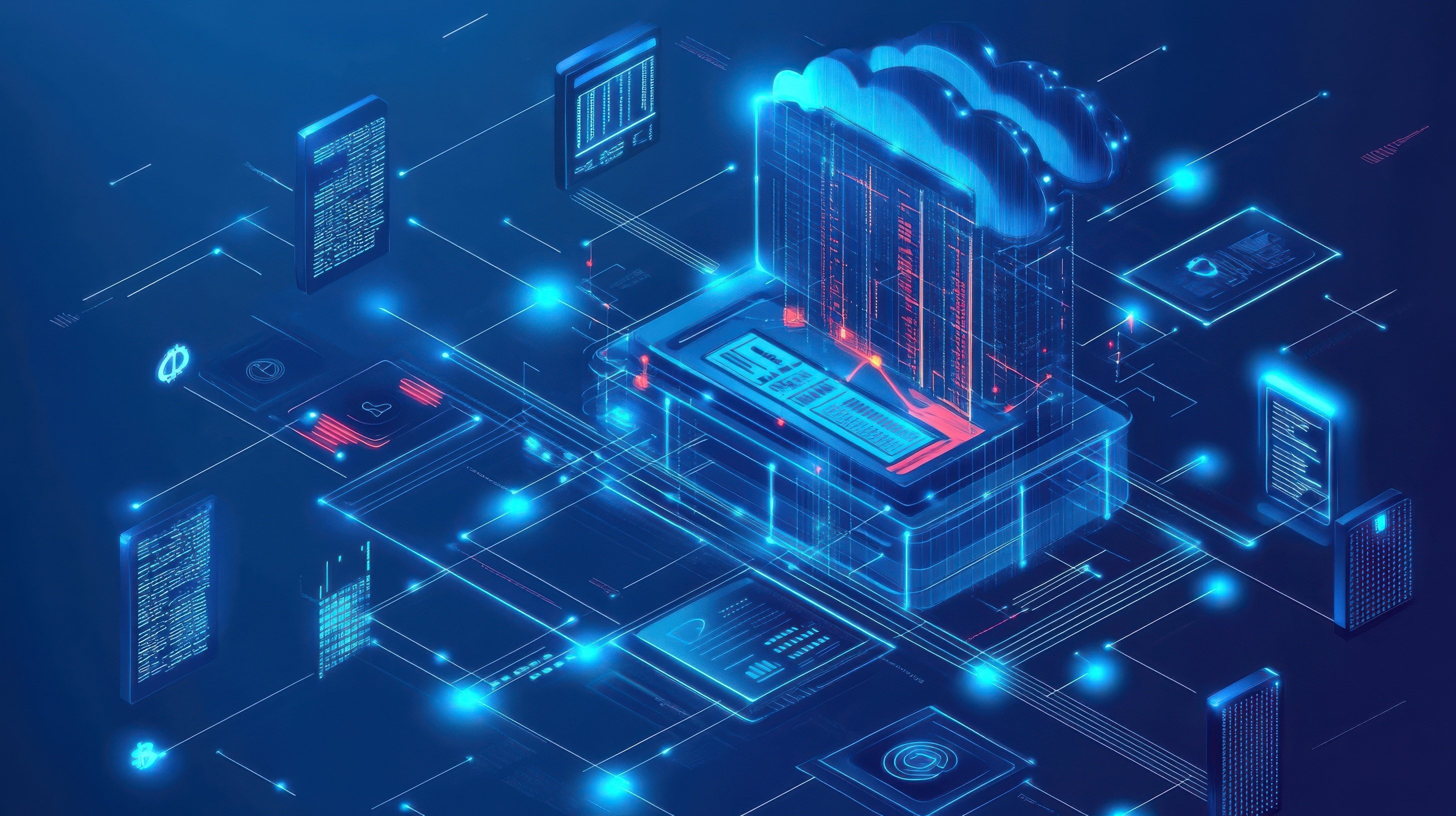Soaring technical debt remains a growing challenge for DevOps teams, with a recent Forrester report predicting that 75% of technology decision-makers will experience a moderate to high increase over the next year. As technology—particularly artificial intelligence—continues to advance at a pace that’s notoriously difficult for DevOps teams to keep up with, complexity is rising rapidly, presenting new challenges in everything from data management to quality assurance testing. At the same time, software teams face growing pressure to release new products, services, and functions faster and, by doing so, maintain their competitive edge.
Platform engineering is now emerging as a critical enabler of streamlined DevOps workflows in an era when standardization has become essential for countering the risks that come with rising complexity and technical debt. As a result, more software companies are focusing on building their own internal developer platforms (IDPs) to enhance developer experience, standardize workflows, and proactively mitigate risks across domains like security, compliance, and quality assurance. IDPs make this possible by providing curated, self-service repositories of tools, services, and automated workflows abstracting away the complexities of the underlying infrastructure.
IDPs help developers focus their efforts on writing—or generating—application code and delivering measurable business value, rather than getting bogged down in infrastructure setup and tooling. The result is a standardized environment that accelerates software delivery cycles, enhances operational consistency, and embeds security, compliance, and quality control checks directly into development workflows by design and default.
However, the success of any platform engineering initiative depends heavily on treating the platform as an internal product, focusing on developer experience in much the same way as consumer-facing products should focus on creating superlative user experiences. Adoption depends on accessibility and ease of use, hence the need for a product-centric mindset focused on empowering developers. That means treating your developers like customers, by actively soliciting their feedback, understanding their pain points, and prioritizing the features that add real value to their routine workflows.
While the value of IDPs in any DevOps context is undeniable, leaders must also avoid falling into the trap of inadvertently increasing complexity. It’s not about automating everything and rolling out AI into every possible workflow. Success demands continuous integration and continuous delivery (CI/CD). Starting with high-impact workflows, such as environment provisioning or basic security scanning, sets the stage for delivering tangible value to build momentum and trust. It’s not about replacing people—it’s about giving them the tools—AI-driven or otherwise—so they have more time to focus on results that deliver real business value.
.png?width=1816&height=566&name=brandmark-design%20(83).png)



